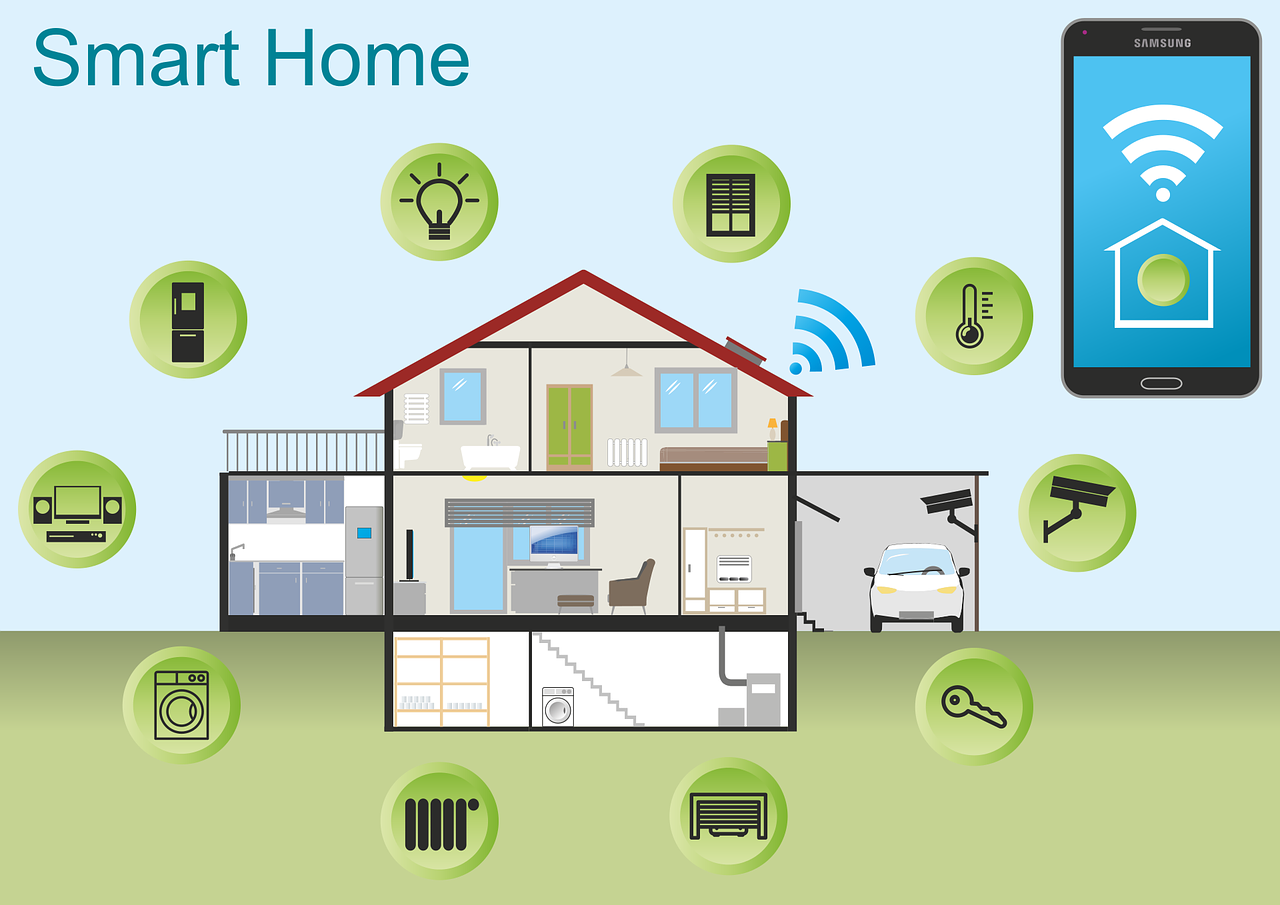Get in touch
5 Cybersecurity Predictions for 2024 You Should Plan For
Cybersecurity is a constantly evolving field. There are new threats, technologies, and opportunities emerging every year. As we enter 2024, organizations need to be aware of current and future cyber threats. Businesses of all sizes and sectors should plan accordingly.
Staying ahead of the curve is paramount to safeguarding digital assets. Significant changes are coming to the cybersecurity landscape. Driving these changes are emerging technologies and evolving threats. As well as shifting global dynamics.
Next, we'll explore key cybersecurity predictions for 2024 that you should consider.
1. AI Will Be a Double-edged Sword
Artificial intelligence (AI) has been a game-changer for cybersecurity. It has enabled faster and more accurate threat detection, response, and prevention. But AI also poses new risks such as adversarial AI, exploited vulnerabilities, and misinformation.
For example, malicious actors use chatbots and other large language models to generate:
- Convincing phishing emails
- Fake news articles
- Deepfake videos
This malicious content can deceive or manipulate users. Organizations will need to put in place robust security protocols. This includes embracing a human-in-the-loop approach as well as regularly tracking and reviewing their AI systems. These steps will help them mitigate these risks and harness the power of AI for a more secure future.
2. Quantum Computing Will Become a Looming Threat
Quantum computing is still a few years away from reaching its full potential. But it is already a serious threat to the security of current encryption standards.
Quantum computers can potentially break asymmetric encryption algorithms. These algorithms are widely used to protect data in transit and at rest. This means that quantum-enabled hackers could compromise sensitive data, like financial transactions.
Organizations will need to start preparing for this scenario. They can do this by assessing their potential risks first. Then, adopting quantum-resistant technologies and deploying quantum-safe architectures.
3. Hacktivism Will Rise in Prominence
Hacktivism is the use of hacking techniques to promote a political or social cause. Such as exposing corruption, protesting injustice, or supporting a movement.
Hacktivism has been around for decades. But it's expected to increase in 2024. Particularly during major global events. These may include the Paris Olympics and the U.S. Presidential Election as well as specific geopolitical conflicts.
Hacktivists may target organizations that they perceive as adversaries or opponents. This can include governments, corporations, or media outlets. These attacks can disrupt their operations as well as leak their data or deface their websites.
Organizations will need to be vigilant against potential hacktivist attacks. This includes being proactive in defending their networks, systems, and reputation.
4. Ransomware Will Remain a Persistent Threat
Ransomware is a type of malware that encrypts the victim's data. The attacker then demands a ransom for its decryption. Ransomware has been one of the most damaging types of cyberattacks in recent years.
In 2023, ransomware attacks increased by more than 95% over the prior year.
Ransomware attacks are likely to continue increasing in 2024. Due to new variants, tactics, and targets emerging. For example, ransomware attackers may leverage AI to enhance their encryption algorithms. As well as evade detection and customize their ransom demands.
Hackers may also target cloud services, IoT devices, or industrial control systems. This could cause more disruption and damage. Organizations will need to put in place comprehensive ransomware prevention and response strategies. Including:
- Backing up their data regularly
- Patching their systems promptly
- Using reliable email and DNS filtering solutions
- Educating their users on how to avoid phishing emails
5. Cyber Insurance Will Become More Influential
Cyber insurance covers the losses and liabilities resulting from cyberattacks. It has become more popular and important in recent years. This is due to cyberattacks becoming more frequent and costly.
Cyber insurance can help organizations recover from cyber incidents faster and more effectively. It provides financial compensation, legal help, or technical support.
But cyber insurance can also influence the security practices of organizations. More cyber insurers may impose certain requirements or standards on their customers such as implementing specific security controls or frameworks. Organizations will need to balance the benefits and costs of cyber insurance as well as ensure that they are in compliance with their cyber insurers' expectations.
Be Proactive About Cybersecurity – Schedule an Assessment
It's clear that the cybersecurity landscape will continue to evolve rapidly. Organizations and individuals must proactively prepare for emerging threats. This includes adopting advanced technologies and prioritizing workforce development as well as staying abreast of regulatory changes.
Put a comprehensive cybersecurity strategy in place. One that encompasses these predictions. This will help you navigate the digital frontier with resilience and vigilance.
Need help ensuring a secure and trustworthy digital environment for years to come?
Contact us today to schedule a cybersecurity assessment.
More from our blog



Want to talk? book an online meeting with our live calendar here.
Our newsletter
Subscribe here for your latest FREE technology updates.
Contact Us
We will get back to you as soon as possible.
Please try again later.
Atema Ltd.
